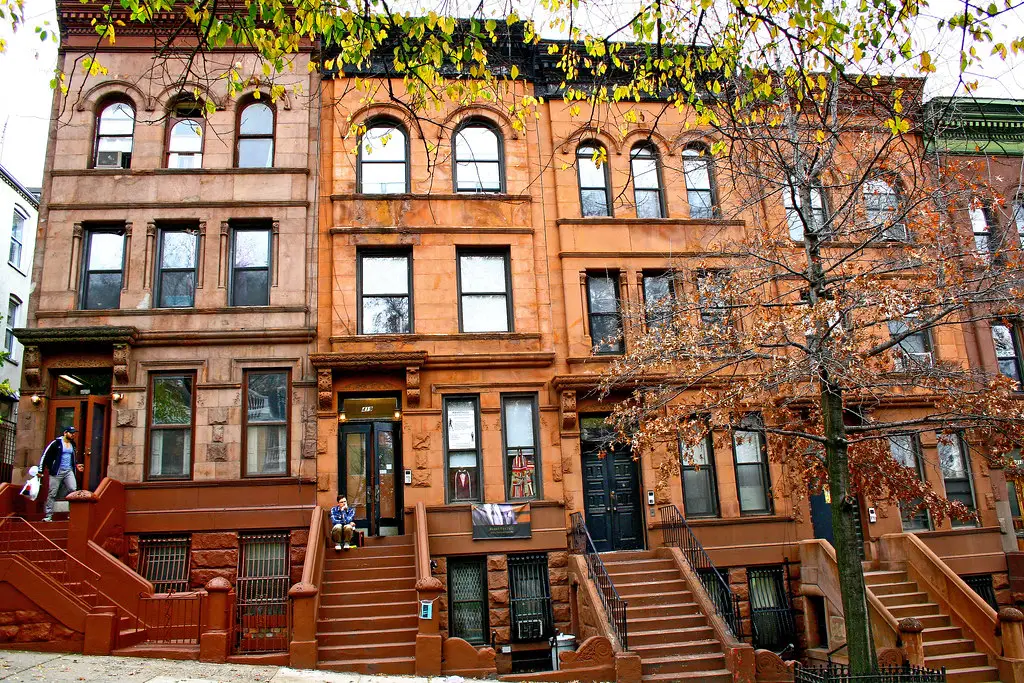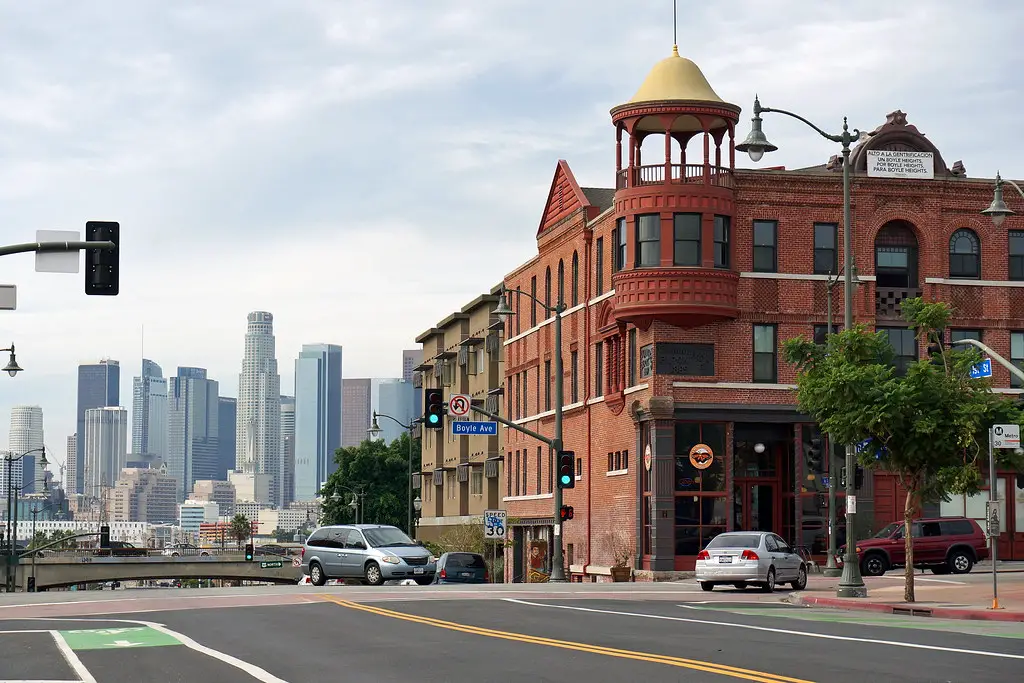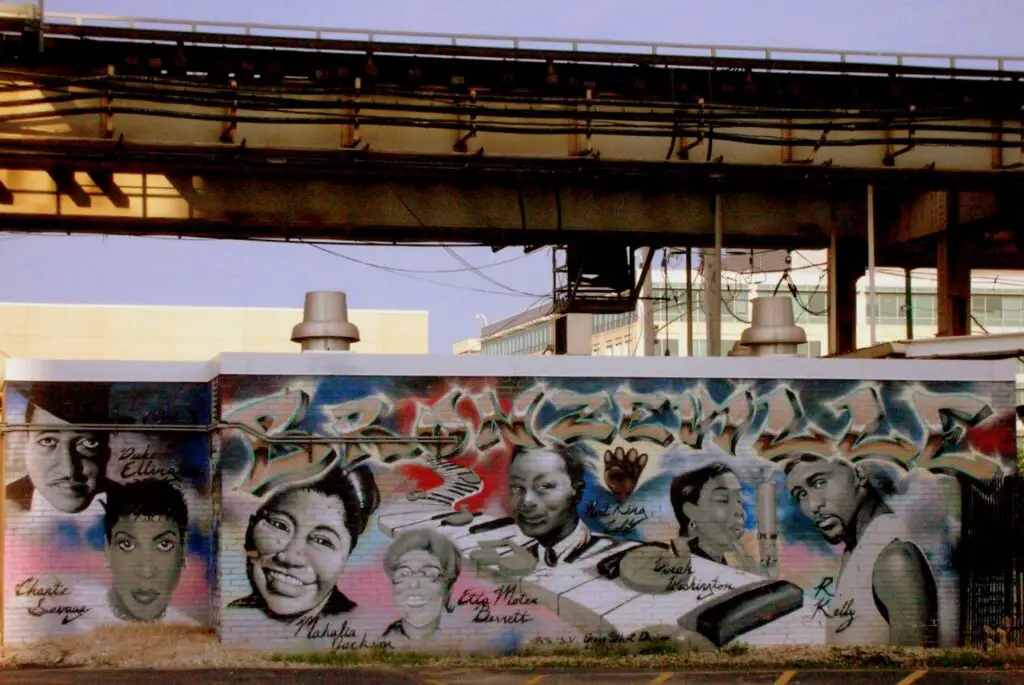Gentrification often leads to the displacement of long-time residents, the erasure of cultural landmarks, and rising housing costs that push out the very communities that shaped these neighborhoods. However, some areas have successfully fought back, preserving their heritage while adapting to new economic realities. Through strong community activism, policy advocacy, and local business support, these four gentrified neighborhoods are proving that cultural identity can survive and even thrive in the face of change.
1. Harlem, New York City

Harlem has long been a cultural beacon for Black history, music, and activism, but gentrification has brought challenges, including rising rents and shifting demographics. Despite these pressures, Harlem residents and organizations have fought to maintain the neighborhood’s rich heritage. Initiatives like the Harlem Community Development Corporation and preservation projects like the Apollo Theater restoration ensure that historic landmarks remain integral to the area.
Local businesses and cultural institutions have also played a major role in safeguarding Harlem’s identity. Restaurants like Sylvia’s and Red Rooster celebrate Black culinary traditions, while events like Harlem Week continue to highlight the neighborhood’s artistic legacy. Activists and city officials have pushed for affordable housing projects and zoning protections to help longtime residents remain in their homes, proving that Harlem’s cultural spirit is as resilient as ever.
2. Boyle Heights, Los Angeles

Boyle Heights has been a historic center for Mexican-American culture in Los Angeles, but the neighborhood has faced significant gentrification pressures in recent years. Community-led groups like Defend Boyle Heights have taken an aggressive stand against developers, advocating for policies that prioritize local businesses and protect renters from displacement. Their activism has successfully halted luxury developments that would have drastically altered the neighborhood’s affordability.
Meanwhile, cultural institutions such as Self Help Graphics & Art and Casa 0101 Theater continue to nurture Boyle Heights’ artistic and activist roots. Family-owned businesses, from panaderías to taquerías, remain a staple of daily life, reinforcing the neighborhood’s commitment to preserving its Latino heritage. By embracing a balance between progress and protection, Boyle Heights stands as a model for cultural resilience in a rapidly changing city.
3. The Mission District, San Francisco

San Francisco’s Mission District, known for its deep Latino roots and vibrant murals, has long been a target of gentrification. Tech industry expansion drove up housing prices, pushing many longtime residents out. However, grassroots organizations like the Mission Economic Development Agency (MEDA) have worked tirelessly to combat displacement through affordable housing programs and legal assistance for renters. Their efforts have helped stabilize the community and ensure that new development includes spaces for low-income families.
The neighborhood’s commitment to its cultural history is evident in its many murals, festivals, and locally owned businesses. Institutions like the Mission Cultural Center for Latino Arts provide a space for storytelling, activism, and artistic expression. Through initiatives like the Calle 24 Latino Cultural District, residents have successfully established protections that honor the Mission’s legacy while ensuring that its vibrant traditions continue for future generations.
4. Bronzeville, Chicago

Bronzeville, once the epicenter of Chicago’s Black Renaissance, has faced waves of disinvestment and redevelopment. However, the neighborhood has been making a strong comeback, driven by community-led efforts to restore historic sites and support Black entrepreneurship. Organizations like the Bronzeville Community Development Partnership have been instrumental in reviving cultural landmarks like the Forum, a historic music venue that once hosted jazz legends.
The revival of Bronzeville is also being fueled by initiatives that promote homeownership and economic empowerment for longtime residents. Black-owned cafes, bookstores, and art galleries are reclaiming space in the neighborhood, reinforcing its cultural roots. Through intentional development that prioritizes community voices, Bronzeville is successfully blending revitalization with cultural preservation, ensuring that its historic identity remains intact.
